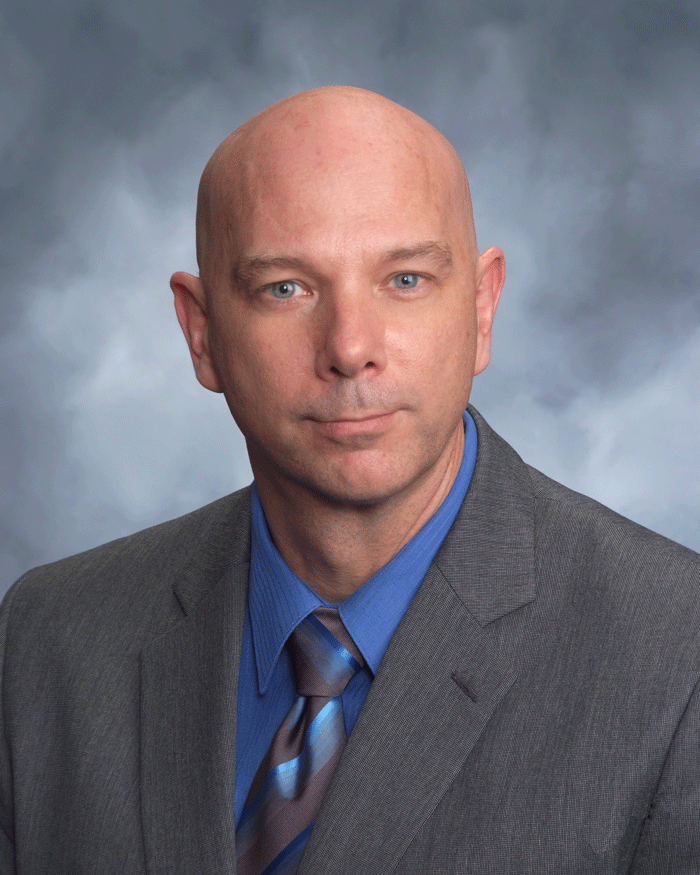
On November 30, 2021, another tragic school shooting unfolded in Michigan, claiming 4 students’ lives and injuring another 7 people. And just three days later, Oklahoma’s First Lady Sarah Stitt brought the Hope Summit to Duncan, Oklahoma. The room was full of educators, health care workers, and law enforcement, all looking for Hope.
The specter of a school shooting haunts all of us, but as we entered the Hope Summit, it was a looming reality and a real-world manifestation of the most prescient reality facing most educators in that room – the void of mental health services in Oklahoma. It is our other pandemic.
Oklahoma, like many other states, has neglected rural health, mental health, and juvenile services in recent decades. Consequently, schools have become de facto mental health and juvenile detention substitutes, but public schools can no longer fill this need. Incidents like the Michigan shooting – the latest in a pattern that began with Columbine over 20 years ago – not only illustrate the worst-case scenarios but also the day-to-day reality of mental health and juvenile services in public schools. Our students are struggling on a scale that I have never witnessed during 27 years as a public educator.
Sadly, the perpetrators’ behaviors have almost always predicted a capacity and intent for such extreme behavior, and to the general public it sometimes appears like schools, law enforcement, and health care professionals failed to act. In reality, however, there is no reliable intervention structure for such troubled students. Clearly, after twenty years we now face a perfect storm that none of us can adequately address alone. No one person or entity caused this problem, and no one can fix this problem alone. Together, however, I believe Oklahomans can do anything.
By the Grace of God, students with violent tendencies are rare in any given school district, but the potential impact of their behavior is devastating. School shootings are not the only concern, either, for staff and students in our public schools are increasingly being assaulted with impunity by students who desperately need interventions. The grim reality, however: Oklahoma has no reliable options for such troubled children.
These children and their families deserve the help they need, and quite frankly, Oklahoma’s public-school staff and students deserve to attend school without fear of preventable violence. Children who pathologically engage in violence are extremely rare, and these children can be saved, but they need intense interventions that a public school cannot provide, and there are not enough psychiatric or juvenile justice safety nets for them. There is Hope, however, for we have an opportunity to rectify this.
Oklahoma currently has $1.9 billion in ARPA funds available to address issues directly related to the pandemic. Perhaps a small amount of this funding can be set aside for county or multi-county juvenile mental health and treatment centers. Violent children need intensive intervention, regardless of the root cause. Educators, health-care professionals, and law enforcement can address this, but we cannot create a statewide system on our own.
Coincidentally, rumors of a threat to Duncan Schools surfaced as I was literally finishing this article. Fortunately, no threat was substantiated as of publication, but it certainly underscored the urgent need for stronger mental health supports in our Great State. What better place to start than with our children? God Bless our First Lady for championing this critical issue and for providing Oklahoma Hope.
Tom Deighan is superintendent of Duncan Public Schools. You may email him at deighantom@gmail.com and read past articles at www.mostlyeducational.com